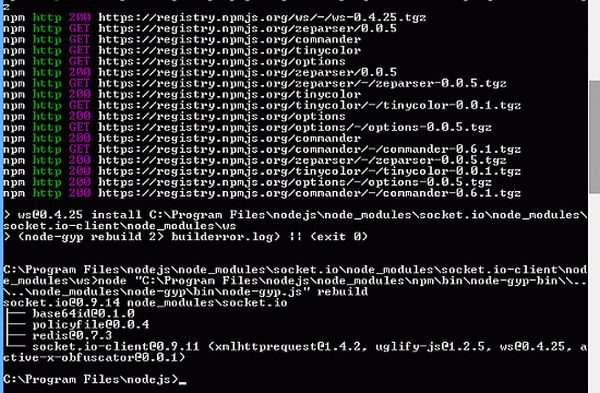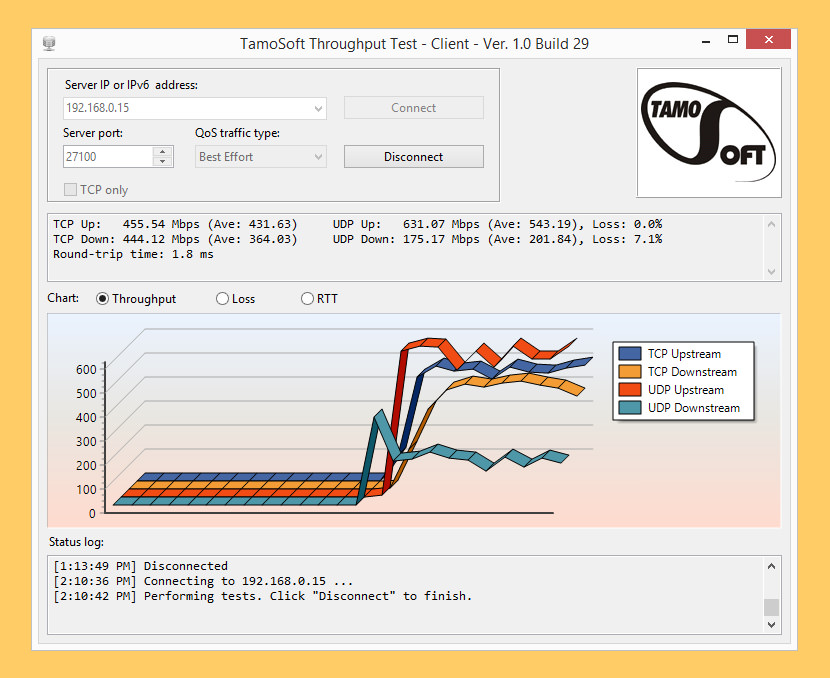


And here we can say that we need to import a lot of the same types, that we were already using in our implementation. So now we jump into our unit test and this time we need to do some refactoring to introduce the concept of mocking into our unit test. The reason being is we only need it during the test phase.

With the additional setting of updating the scope to be test only. So under dependencies, I'll add in the new dependency.
#Http client test update#
And then over here, we simply copy this XML config and then jump back into our project and update our POM. So in our case, let's search for Mockito and down here, we've got the Mockito-core. So whenever you're working with Java and you're wanting to find a third party library then if you're using Maven, you can simply search for it within the Maven Central Repository application. This website is the official Maven Central Repository search application. Now since we're using Maven, we can search with a Mockito library, in the Maven Central Repository.
#Http client test install#
So what we'll need to do, is we'll need to install it, and download the dependencies for it. And in this particular demonstration, I'm going to introduce you to Mockito, which is a mocking framework for Java. So how do we work around this? Well, we need a mocking framework. Now what that means for our unit tests is that they've become integration tests and we don't want therefore unit testing. That is, we were making live calls out to CoinDesk's, Bitcoin API. Now, if you recall, we left, our unit test in the following state from the previous lesson. In this lesson, I'm going to take you through the process of using mocking to mock out external dependencies.

To get the most out of this course, you should have a basic understanding of JDK11 and the Java programming language, as well as software development and the software development life cycle (SDLC). Software developers interested in using TDD to build JDK11 based applications using Java.
#Http client test how to#


 0 kommentar(er)
0 kommentar(er)
